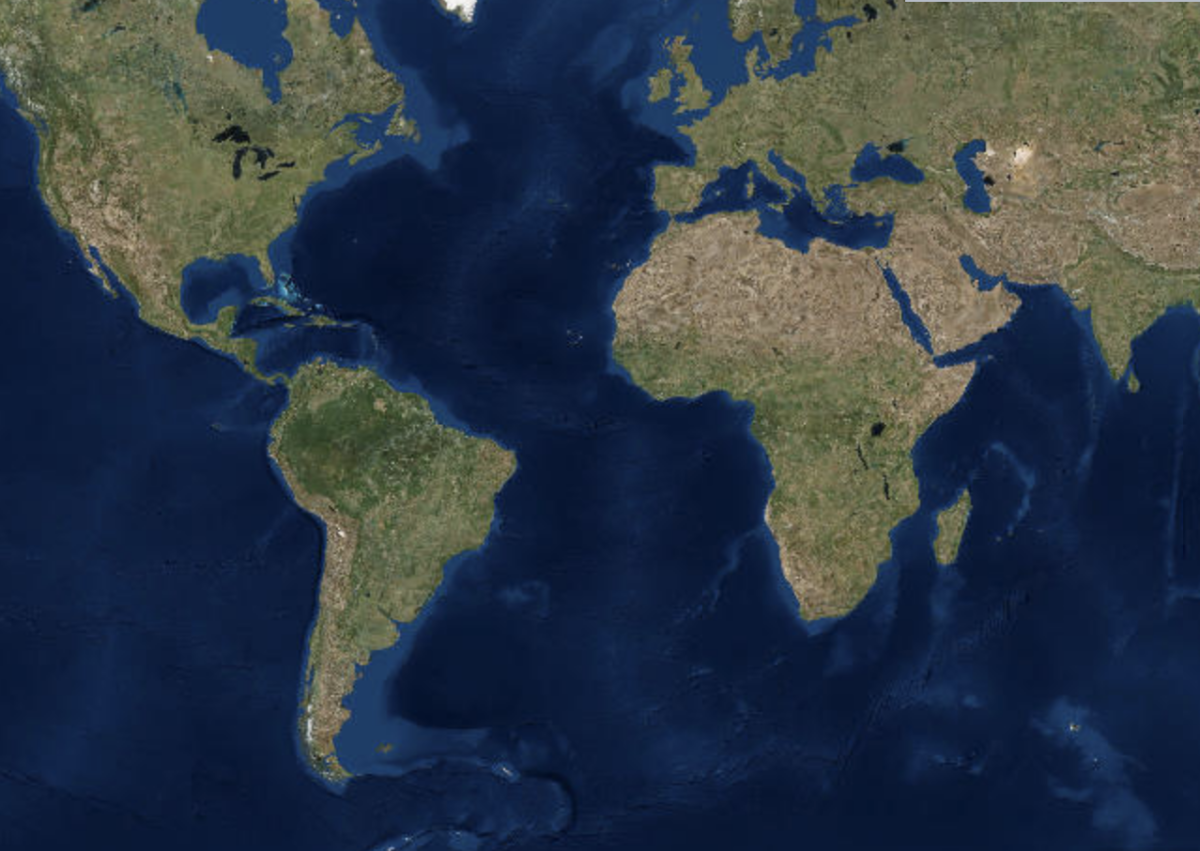You’ve just turned off the recorder after an oral history interview with a person who has experienced displacement. Their experience weighs heavy on you as you consider how to do do right by the story shared with you, to show the toll of displacement without replicating an inauthentic dominant cultural narrative of what some theorists call the spectacle of “trauma porn.” You hear the agency and resilience of your narrator. You know that a strong geographical sensibility is crucial to understanding their lived experience.
In oral history work involving significant place-based detail, Storymaps by ESRI is an accessible tool for creating a public-facing digital project that amplifies narratives through a convergent media exhibition. Below is an embedded example of a storymap created to represent the experience of four different narrators, each of whom detailed their experience of displacement from their homes in Syria through a long-form oral history interview.
The project begins with a short statement by the interviewer, which folds to a shared map showing three tabs across the top, representing narrator(s). The viewer clicks through to a long-form narrative account of the interviewee’s experience, featuring transcribed quotes from the interview and photos supplied by the interviewee. The storymap traces their travel across a background map, where each place is linked to a turn of their narrative account.
Storymap has created a tutorial for how to make a similar project here.
And while this particular Storymap does not feature embedded media (i.e. the audio or video interview itself), Storymaps is quite capable of integrating clips of your recorded interview into such a project. See this tutorial on how to integrate audio into a storymap.
As always, ensure any interview project you undertake is guided by the best practices of informed consent. Find a summary and links to best practices here.








